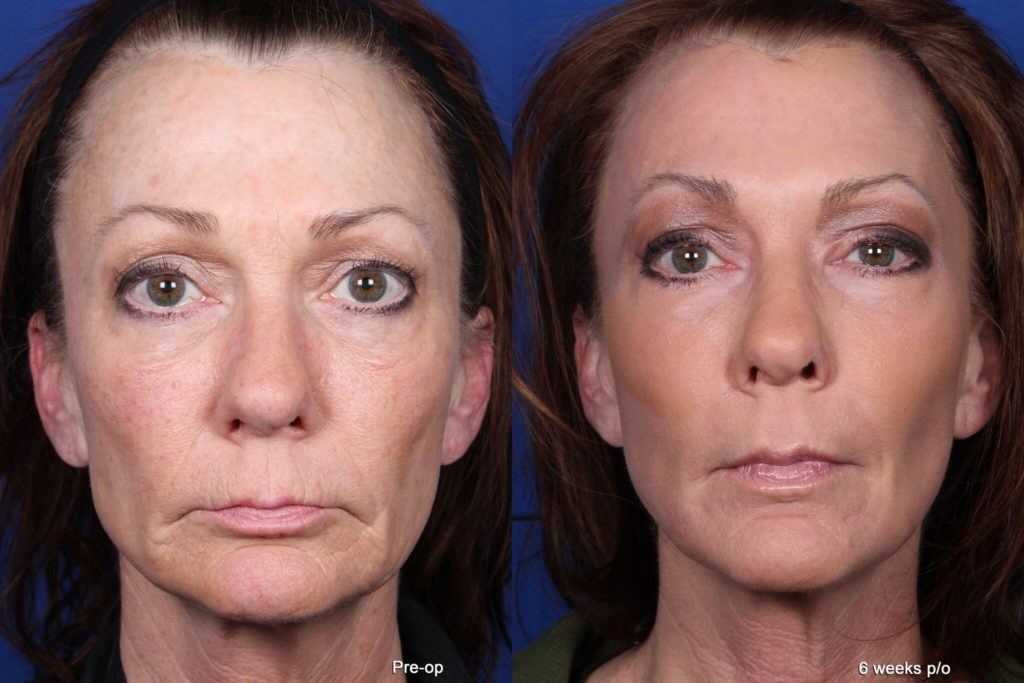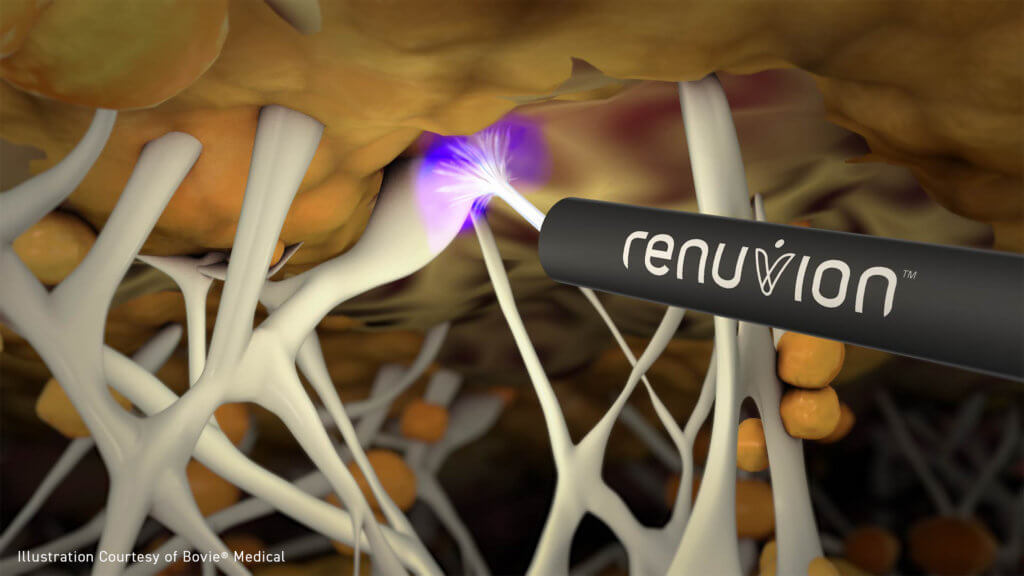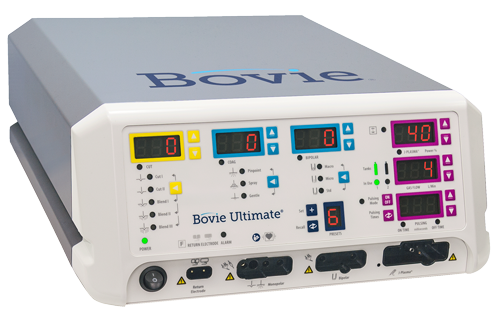
The A Institute introduces a ‘game changer’ of a machine dubbed as the J Plasma Helium Tightening System, which combines radio frequency energy and helium to give skin an instant lift.
By Alex Y. Vergara
The quest for younger, tighter-looking skin and firmer overall appearance has never gotten this easier, safer and faster to achieve with the recent introduction of J Plasma Helium Tightening System. Also known as Renuvion, the J Plasma machine is a product of American technology using a combination of radio frequency (RF) energy and helium.
Drs. Aivee and Z Teo’s A Institute Wellness and Aesthetic Center at Bonifacio Global City holds the distinction of not only being the first in the Philippines, but also in the whole of Asia to offer the treatment. According to an A Institute insider, the couple reportedly saw the “game changer” of a machine’s potentials at a routine medical conference abroad. Right there and then, they decided that they wanted to have one.
Scott Sanders, Bovie Medical’s director of clinical education/market development, was recently in Manila to introduce and explain the technology behind the machine and how it addresses areas that need to be tightened.
Bovie generator
Bovie is a Florida-based company, which pioneered in the research and manufacture of the first Bovie “generator” in 1929. Like most machines today used for aesthetic purposes, the first machine was originally intended to address a more basic medical procedure.
While here, Sanders also observed a number of J Plasma procedures conducted by one of A Institute’s resident cosmetic surgeons to address the “turkey neck” of a 70-year-old man and the loose, post-liposuctioned tummy area of a 36-year-old mother of two. Except for a pair of tiny wounds where the insertions were made, the man was reportedly walking about with a tighter, younger looking neck soon after the procedure.
“We have patients who say they feel a little achy after the procedure,” said Sanders. “But that’s about it. The wound heals like a regular wound. It does leave a tiny scar. That’s why we make the insertion in a hidden space.”
What’s the science behind this latest RF-powered wonder treatment? How is it different from earlier generations of RF machines? Will the J Plasma Helium Tightening System render older machines obsolete?
Inserted subdermally
In a nutshell, J Plasma, through a disposable gun-like probe, is inserted subdermally (just below the skin) to a specific area in the person’s body—sides of the neck, arms, upper abdomen, flanks and even love handles—where loose collagen and surrounding tissues need to be tightened.
Thanks to the RF’s tightening effect, the result is younger-looking appearance with almost no downtime. The helium, for its part, acts like a cooling agent, which allows the RF energy to go as far and as deep as it needs to go. A cooling agent is necessary to avoid unwanted bruises, burns and darkening of the skin due to heat caused by RF energy.
“Free-flowing helium, which is ionized, acts like a subdermal air-conditioner,” said Sanders. “Because helium gas is blowing all over the tissue, the RF energy is affecting that tissue. At the same time, it’s being constantly cooled by the helium.”
Heating up tissue and collagen is necessary to achieve contraction and shrinkage. The subdermal heating also involves the area’s fibro septa network, which, Sanders said, acts like a scaffolding “holding things together.” The older a person gets, the more random and “dissociated” his or her collagen network becomes. The objective isn’t to remove or lessen the amount of collagen.
“Collagen will still be there [even after the procedure],” he said. “What the procedure does it to cause a specific area to contract.”
360-degree treatment
This degree of penetration without burning and causing permanent damage can’t be done using older RF machines. Thus, instead of getting a “360-degree treatment,” as patients who undergo a J Plasma get, those who insist on sticking to older RF machines would have to spend more time without necessarily getting the same optimal results.
“Older RF devices are either bipolar or monopolar,” said Sanders. “You put the device in, which has to heat up the entire full thickness of the tissue. Not only does it take longer, you also have to watch the skin temperature. If you’re heating up an entire layer, you can’t allow skin temperature to go beyond 50 degrees centigrade. Otherwise, the skin would burn.”
In the case of J Plasma, the probe, which is powered by a J Plasma generator, goes specifically in the subdermal space where subcutaneous fat and the fibro septa network run. These are the areas that need to contract.
“It’s more precise, more consistent and you can direct it where it wants to go,” said Sanders of J Plasma’s RF energy. “In keeping with the rule of thermodynamics, it’s going to find the path of least resistance and heat the area up. Helium, in turn, cools surrounding tissues to eliminate burning.”

Almost every J Plasma procedure can be done under local anesthesia. The one-time treatment usually lasts for an hour or less. The only time a patient is sedated is when he or she undergoes liposuction. The sedation, take note, is the direct result of the liposuction, and not J Plasma.
Since loose skin is an inevitable effect after fat is suctioned off, say, in the tummy area or love handles, the patient who has had a liposuction has to address it by usually undergoing RF treatments a few weeks after the operation. With J Plasma, he or she doesn’t have to wait that long. The patient’s doctor could address the problem of loose skin immediately after liposuction. And instead of undergoing multiple RF treatments, post-surgery, the patient only needs to undergo one session of J Plasma.

That’s why J Plasma is also an effective and viable option for people with loose skin and, say, flabby arms, tummies, or thighs due to abrupt or tremendous weight lost. The “semi invasive” procedure can also be used to lift breasts, as not a few women in the United States have resorted to while undergoing a so-called “mommy makeover.”
“If you’re using [an old] system to address full thickness, you’re causing the heating of that entire tissue,” said Sanders. “The patient is going to feel that because it’s deep. What we’re doing is totally under the dermis, in a space which we’ve created. One disposable handpiece can do it all.”
Those who are afraid of any form of piercing and insertion would probably opt for older RF treatments, Sanders added. But if you want faster, more dramatic results, the J Plasma Helium Tightening System is the way to go.





